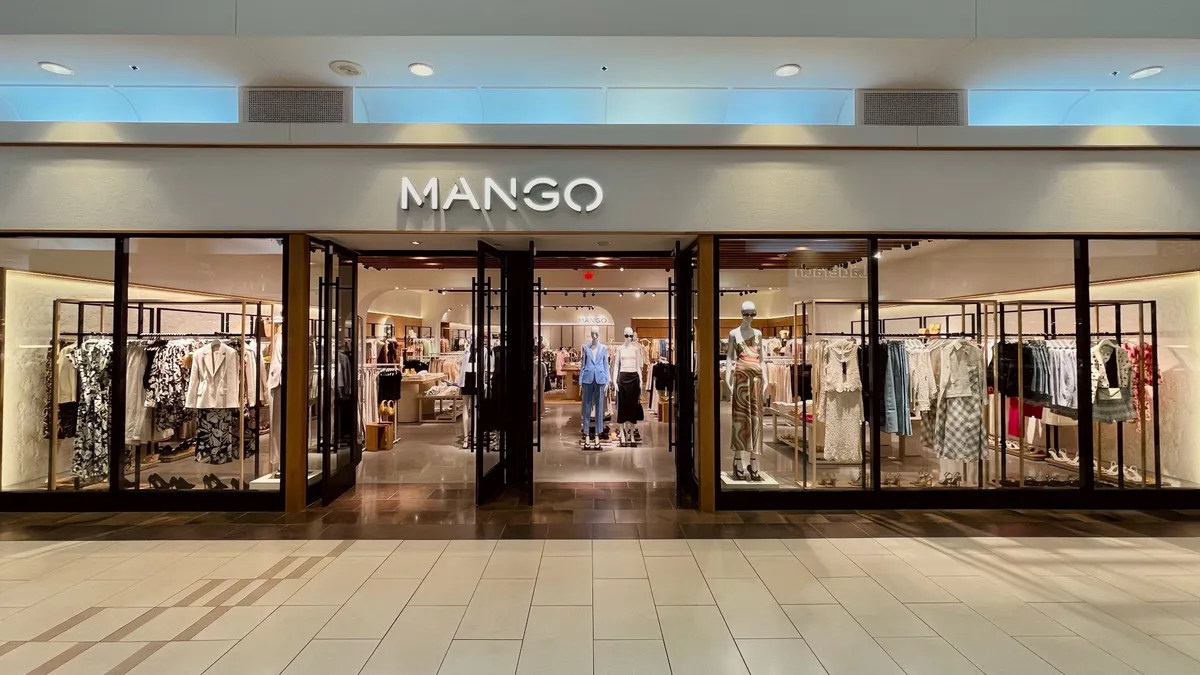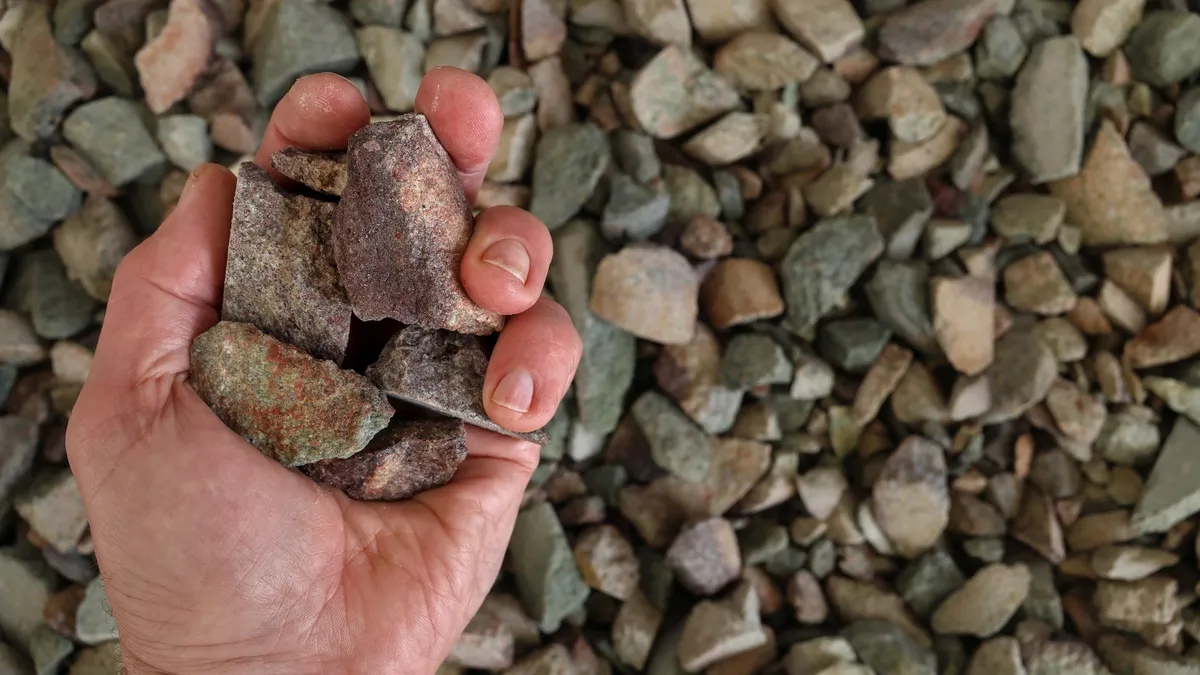E-tail analysts today are looking intensely as a war for digital sales dominance unfolds between Walmart and Amazon, but many aren't looking at the third-largest e-commerce retailer selling products in multiple categories, which has been amassing an empire of 13 million shoppers, unchallenged.
It’s not Target or Costco — but QVC, the e-tail pioneer that launched its business with one television channel in 1986. One television channel, that is, with 24-hour-a-day live programming featuring hundreds of products a week. In its 30-plus years, as Target, Walmart and even Amazon invested in brick-and-mortar stores, QVC instead built a logistics network dedicated to selling and delivering products direct to the consumer’s couch. Sound familiar?
Today, the West Chester, Pennsylvania-based omnichannel retailer has three domestic channels selling 800 products a week, with round-the-clock programming, a robust website selling 106,000 products online, an app, Facebook Live broadcasting and unique programming in six other countries.
All product pushing, all the time — and it works. QVC brought in $8.8 billion in revenue last year, adding to the coffers of its parent company, the Quarate Retail Group, which also owns the Home Shopping Network and several other retailers.
As e-commerce grew, QVC changed its shipping model
The sales method may be different, but QVC today competes with both Amazon and Walmart, not only in product selection, but also in fulfillment and shopping experience. Even e-tail natives like QVC are not immune from the shifts in e-commerce.
Since launching its website in 1996, two years after Amazon’s launch, the number of products it could feature multiplied. With that, logistics and shipping became more complicated.
A television program like QVC aims to sell as many units of a product as possible in a 24-hour period, said Erik Morton, SVP of strategic development at CommerceHub, a QVC vendor providing cloud-based order fulfillment automation for drop shipping.
Warehouse and shipping strategy can change depending on where a company’s products are sold. "[Television sales is] not necessarily a model that would perfectly shift into the online world, where they may want to have a different merchandising strategy," Morton told Supply Chain Dive in an interview.
Online, a company like QVC might sell everything that was featured on the television program that day, as well as during the previous several weeks. "From the perspective of designing a supply chain, that’s challenging and different than what the business was before," Morton said.
The addition of internet shopping changed QVC’s sales mix. In 2017, 53% of sales came from e-commerce, and 66% of those e-commerce sales were from mobile. QVC sells products on consignment, but vendors often must send their products to the QVC warehouse for fulfillment.
In 2015, QVC shipped about 570,000 units a day from its company-owned warehouses in Pennsylvania, North Carolina, Virginia, South Carolina (a California warehouse opened that year). On a recent studio tour, the guide told Supply Chain Dive almost all QVC items are sent from their warehouses, except for food, large electronics and mattresses, which are drop shipped.
Morton declined to say what percentage of items QVC drop ships, and QVC declined to answer questions for this story.
Drop shipping is a fulfillment strategy allowing a company to sell a larger variety online while still focusing on warehouse operations for the core business, Morton said. Brick-and-mortar retailers like Best Buy, Home Depot and JC Penney face similar issues, with thousands of physical stores, and websites that offer more sizes, color combinations and accessories, for example. Drop shipping is a natural way to offer more products online than the store holds.
Morton said retailers use a mix of drop shipping and warehouse shipping for fulfillment, the proportion depending on their strategy. Some CommerceHub clients use drop shipping for 30-50% of online sales, and some may just use it for a small percentage. Those using a tactical strategy, like drop shipping only for perishable foods, furniture or seasonal items, might only use it for 5% of total sales, whereas others might use it for all product categories. Some also use it for items — like plants — that don’t fit their current warehouse configuration.
Differentiating themselves through marketing and technology
While QVC discovers new brands, they also sell well known brands commonly seen on store shelves, including: Stella and Dot, KitchenAid, Alex & Ani, Krups, Spanx, Vitamix, Dell, Samsung, Martha Stewart, Dooney & Burke, Isaac Mizrahi, Canon and Dyson — to name a few.
But instead of competing against Amazon on price for the same products, they’re looking for variations you can’t easily find elsewhere, giving them a “must buy here” edge. About 75% of items sold on QVC are proprietary or exclusive, according to a QVC Investor Day presentation in 2017.
QVC continues to focus on its core market — affluent women ages 35-64 — who buy on average 25 items per year from the company. It’s not surprising, then, that 93% of their sales are from repeat customers.
The company stays on top of technology trends in efforts to engage customers wherever they prefer to shop. They were an early adopter of Facebook Live, and generate 100 hours a week of live content there. They’re less worried about consumers cutting the cable cord; their shows are available live and on demand via Roku, Apple TV and DirectTV.
QVC's Audience Reach
- Broadcasts to 100M+ households each day
- Markets in US, China, UK, Germany, Japan, Italy and France
- 24-hour a day live programming, some of it live
Product Assortment
- Airs 800 products a week, 23% of which are new
- Sells 7,360 brands globally for $8.8 billion a year
- Ships 191 million units each year
- Moves 3,500 products each day at broadcast studio
Part of that flexibility with technology was an early understanding that shopping routines changed with the advent of the internet, and later with mobile. the company had to adapt to how customers placed orders. QVC initially had an on-site call center (watch the movie Joy to see the excitement of orders coming in via telephone as Joy Mangano sold her Miracle Mop).
They eventually expanded to four off-site call centers and are now down to two, in Virginia and Texas, since many items are purchased online. To make the process seamless, items put in the basket on the app also appear in the customer’s website shopping basket. Items are sent with prepaid return shipping labels, whether fulfilled from the warehouse or drop shipped.
"Drop shipping is a way for a retailer to decide where to spend their capital to get the best competitive advantage against Amazon," Morton said. "No retailer will build 100 state-of-the-art warehouses like Amazon, but it could develop better products, develop closer relationships with the brands, and a better website." By outsourcing fulfillment to suppliers and brands, companies can focus their investment on other ways to compete.





















